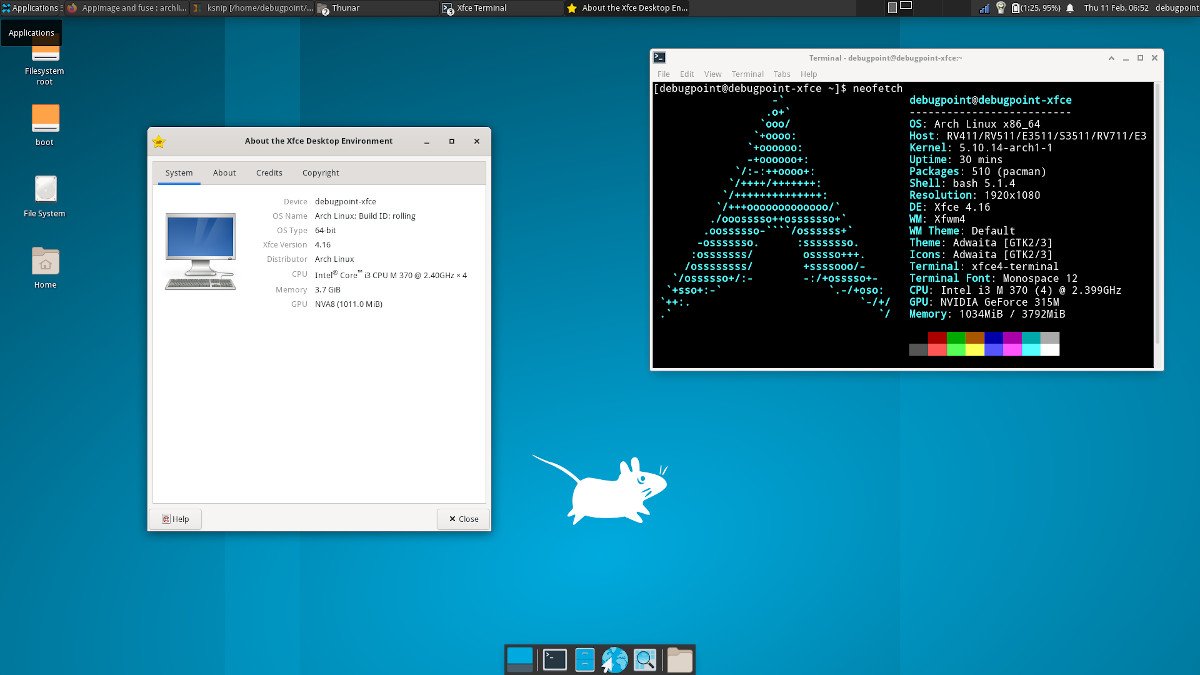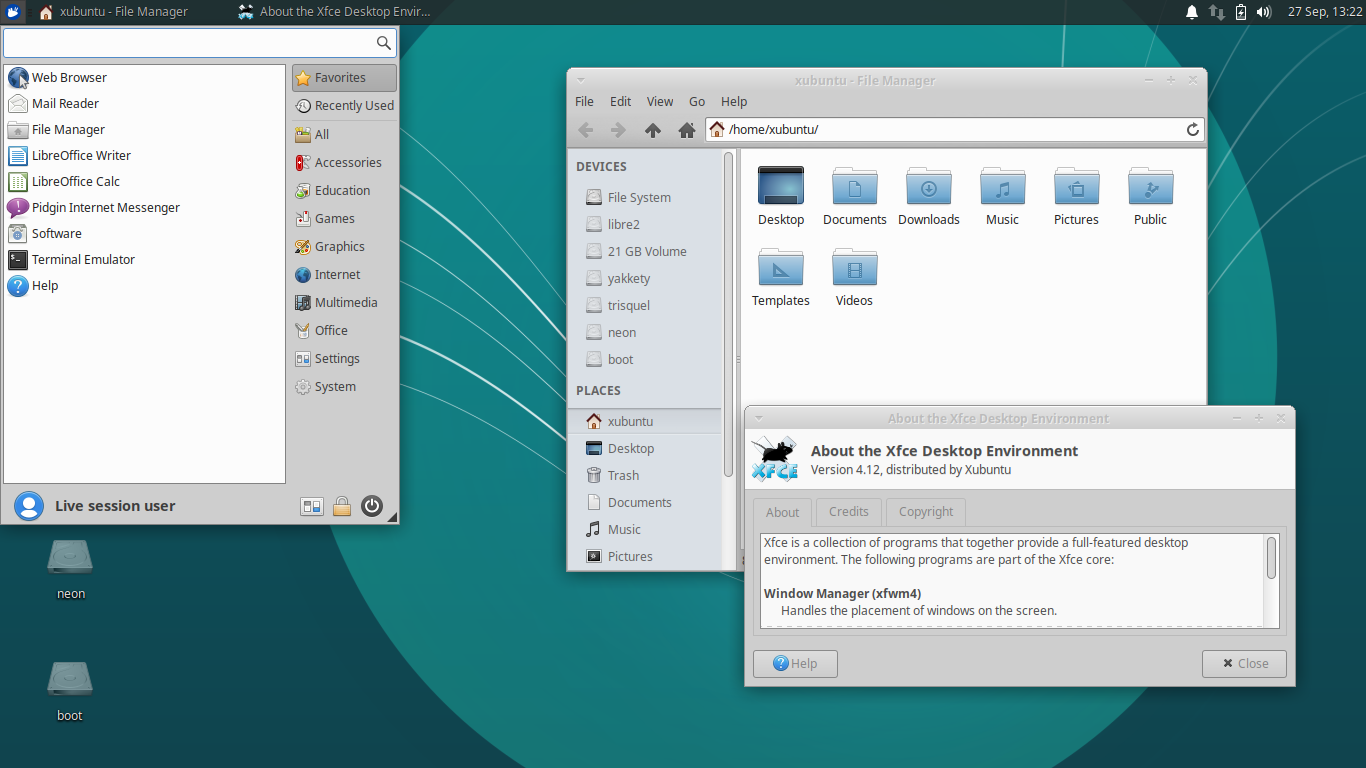

You can also customize the behavior of Xfce-Terminal by passing along options via the command line.Chicago95 XFCE / Xubuntu Windows 95 Total Conversion The settings are stored in ~/.config/terminalrc (Ubuntu) or ~/.config/Terminal/terminalrc (Fedora), which also stores a few hidden options for settings that are not included in the user interface. Open Edit->Preferences to bring up the Preferences dialog allowing you to tweak Xfce-Terminal to your liking. Xfce-Terminal will use the login shell of the user who starts the application (/bin/bash in case of a typical Linux system).Ĭonfiguration is easy.


The pattern will pull in all relevant XFCE packages for OpenSUSE. Once the terminal window is open, use the zypper install command to install the Xfce desktop pattern. To open up a terminal window, press Ctrl + Alt + T on the keyboard. Of course, you can also start from the application launcher – just hit Alt-F2 and use the command xfce4-terminal (Ubuntu) or Terminal (Fedora). To start the installation of XFCE on your OpenSUSE Linux desktop, open up a terminal window. Lets review its installation process and get familiar with this. This command simply installs the Xfce desktop environment, which includes Xfce-Terminal, and you won’t have to switch to Xfce in order to use it.Īfter the package is installed you can find a link to Xfce-Terminal under Applications -> Accessories (Ubuntu) or Applications -> System Tools (Fedora). The new release comes with XFCE desktop 4.12, Linux kernel 4, GCC 4.9.2 and Libreoffice 4. The Xfce project site offers the source tarball for Xfce-Terminal but I simply ran into too many unresolvable package dependency problems while trying to compile it on Fedora 11. * A quick note concerning the installation on Fedora.


 0 kommentar(er)
0 kommentar(er)
